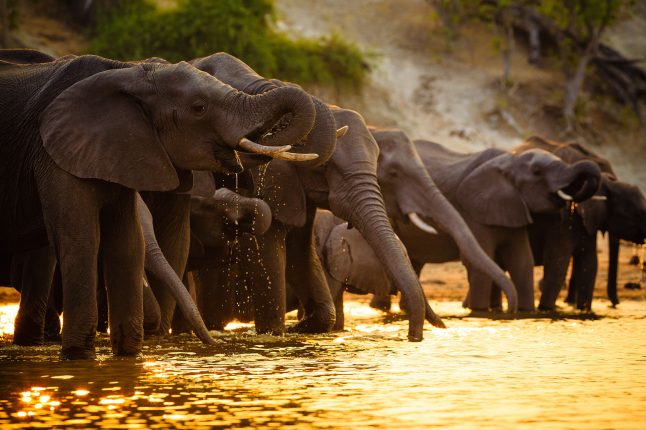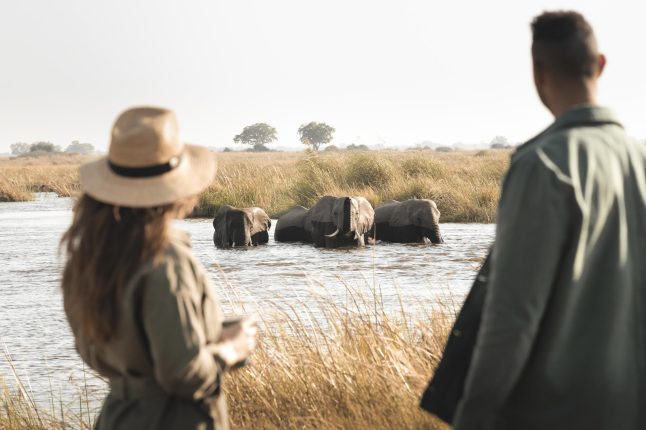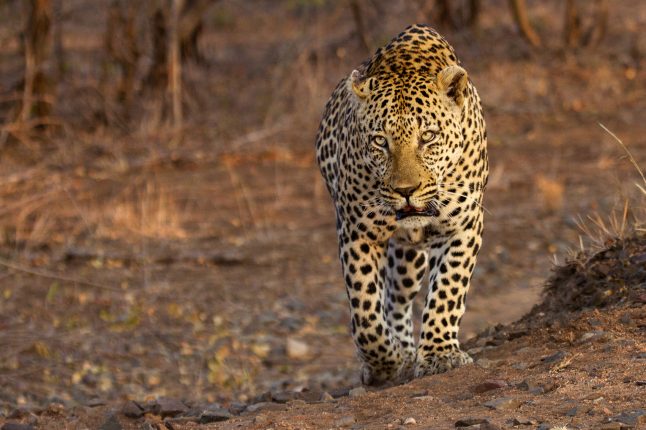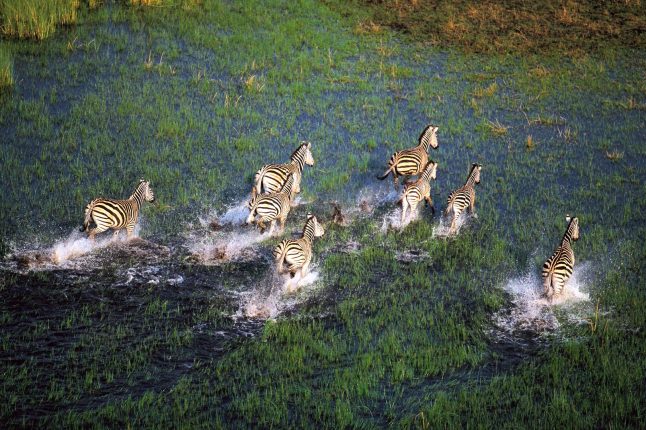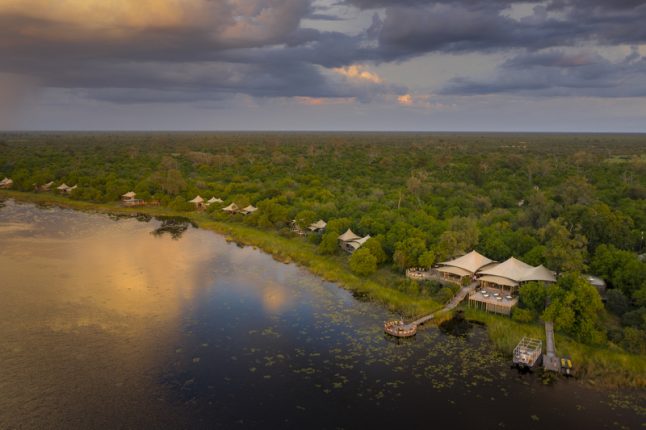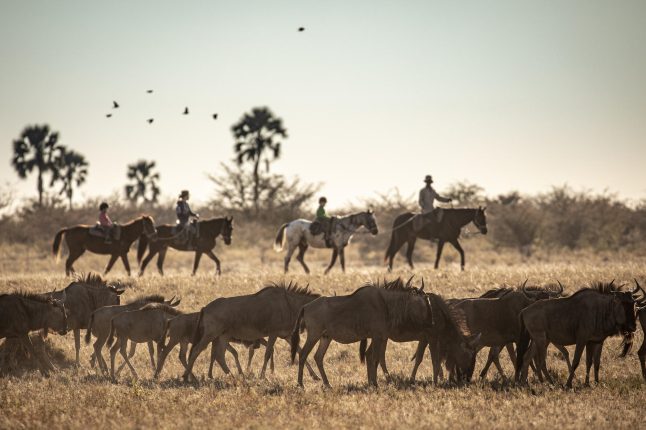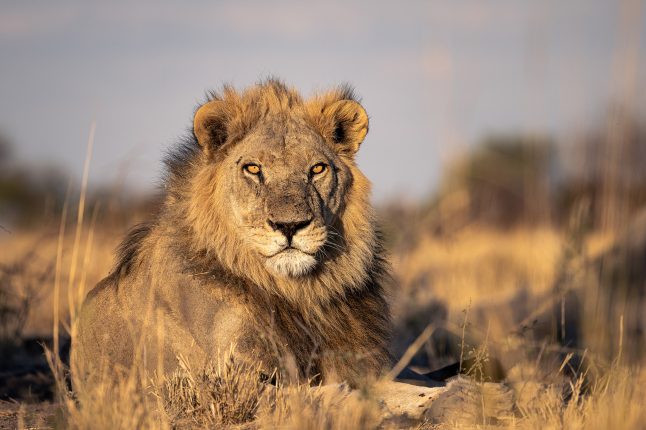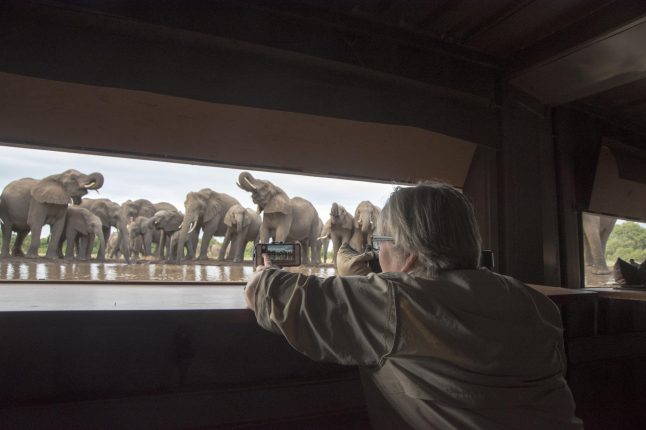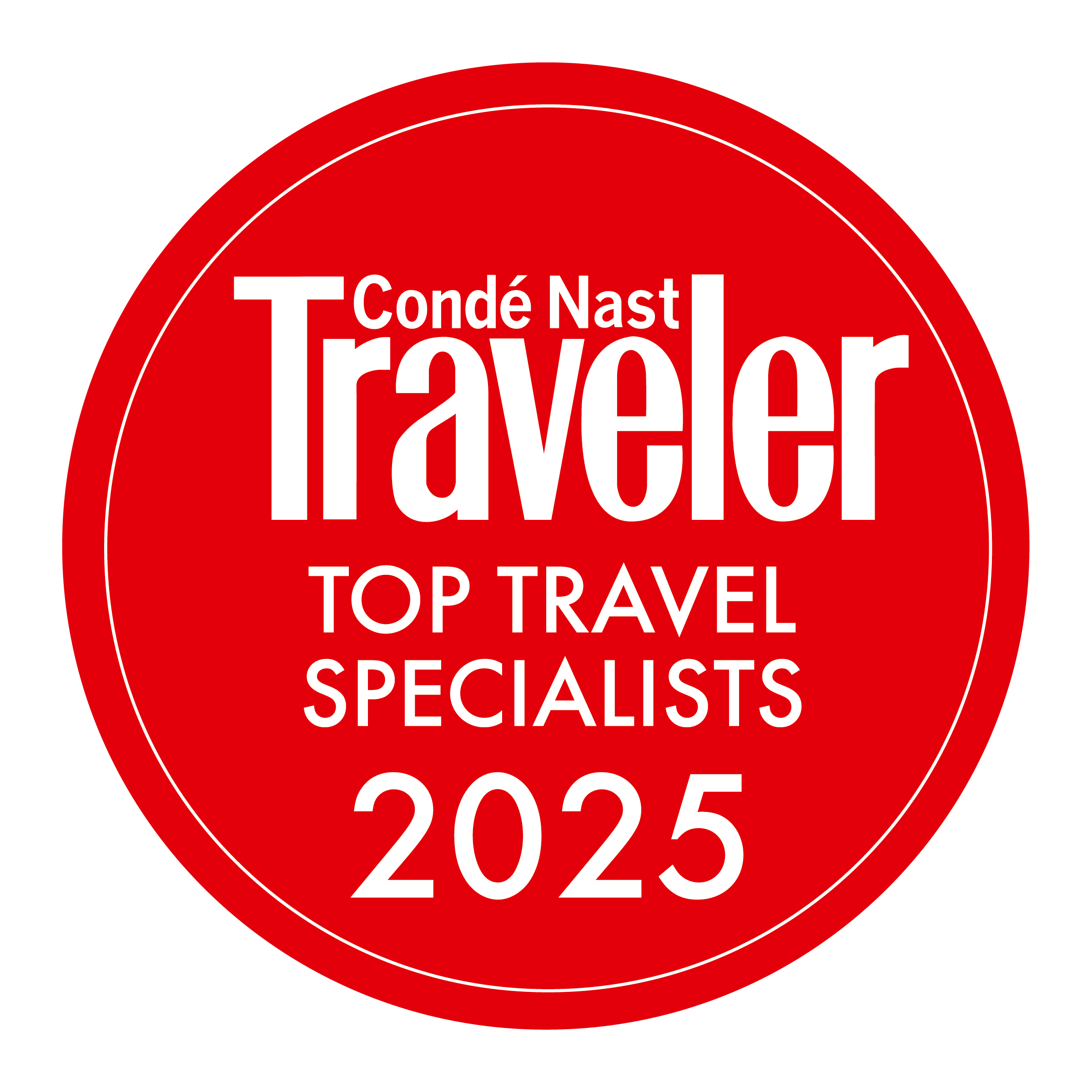Yes — especially for those looking for a high-end, crowd-free, and conservation-minded experience. The guiding is superb, and the quality of lodges is among the best in Africa. While some regions are remote and fly-in only, Botswana is also one of the safest and most rewarding countries for first-time safaris.
Luxury Botswana Safari Tours
Tailor-made safaris across the Okavango Delta, Linyanti, and Central Kalahari - exclusive wildlife experiences designed by experts who care about the whole journey.
Botswana Safari: Remote Luxury, Untamed Wilderness
Botswana is the safari purist’s dream – a destination where luxury safaris meet untamed wilderness. Known for its private concessions, low-impact tourism, and high-density wildlife, Botswana offers a safari without the crowds. In the Okavango Delta, you’ll explore seasonal floodplains by 4×4 or mokoro (dugout canoe), surrounded by big game and birdlife. In Linyanti, predators like lion, leopard, and wild dog thrive along remote river systems. And in the Central Kalahari, desert-adapted species roam vast open spaces under endless skies.
For those seeking a truly exclusive, tailor-made safari in Botswana, this is it – fewer vehicles, fewer lodges, more time in the wild. It’s no wonder Botswana is the go-to destination for Ubuntu Travel’s co-founder Kyle Green, who considers it the perfect blend of high-end safari lodges, remote beauty, and unforgettable wildlife encounters.
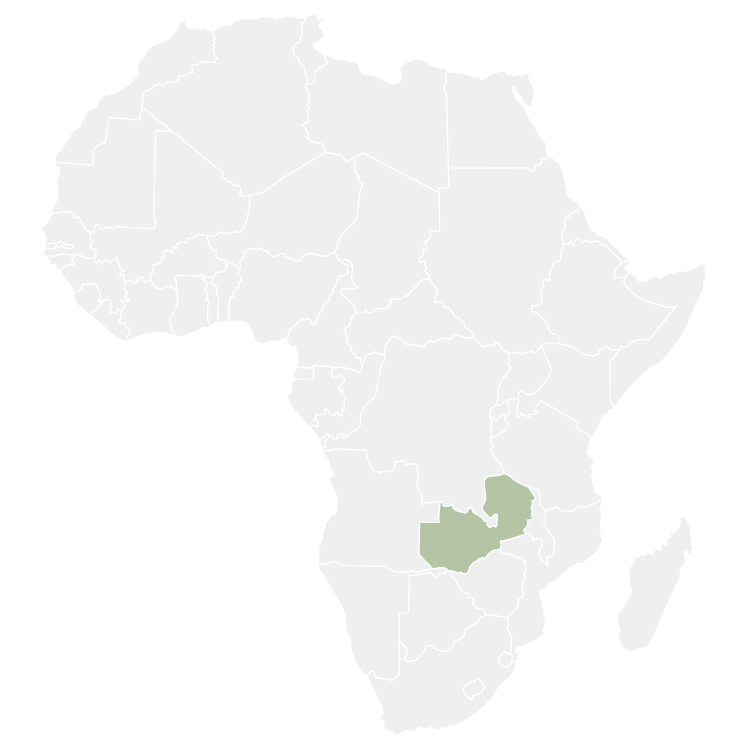
Botswana Destination Highlights
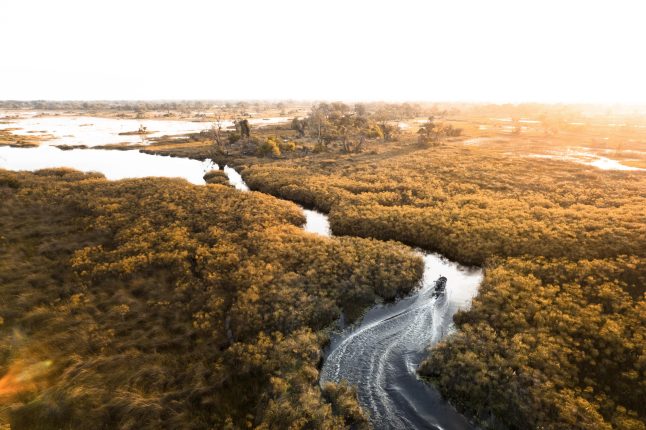
Okavango Delta
Explore Africa’s largest inland delta – a UNESCO World Heritage Site and home to big cats, elephants, and mokoro safaris through seasonal floodplains.
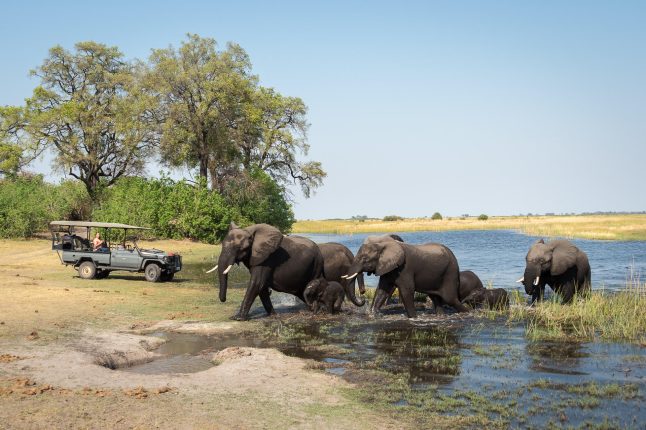
Private Concessions
Botswana’s safari model prioritizes exclusivity – with vast private concessions offering intimate wildlife encounters and minimal vehicle traffic.
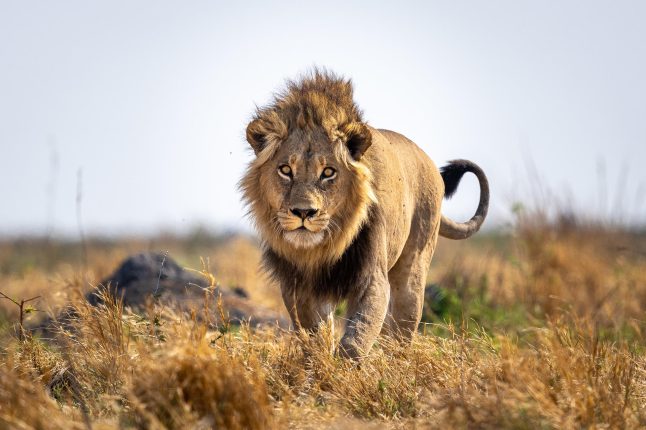
Predator Sightings
Track lion, leopard, and wild dog in high-density regions like Linyanti and Moremi – Botswana offers some of Africa’s most rewarding big cat viewing.
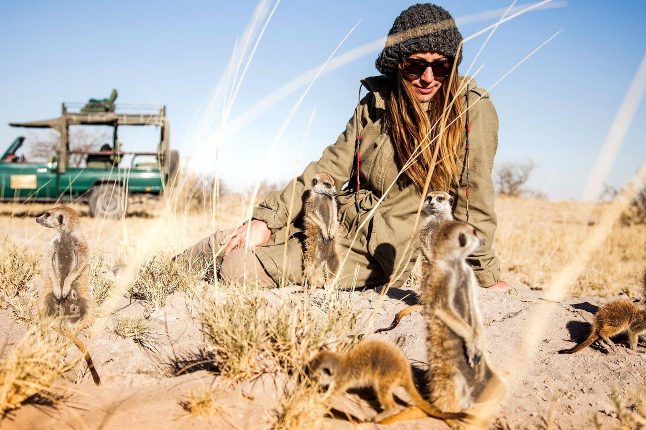
Desert & Delta Diversity
From the wetlands of the Okavango to the wide horizons of the Central Kalahari and salt pans of Makgadikgadi, Botswana is rich in contrast.
Plan Your Botswana Safari
Let’s start designing your private safari experience. Whether you’re after adventure, relaxation, or both – we’ll tailor every detail to how you want to experience Africa.
Tailored Botswana Safari Itineraries
These are some of our favorite Botswana safari itineraries – handpicked by Ubuntu Travel co-founders Kyle and Leah to highlight the very best of the country.
Searching for a safari that celebrates a slower and deeper journey? Then this itinerary into Botswana’s vast wilderness areas is for you. After an adventurous stay in the remote Makgadikgadi Pans, rediscover tranquility on the Linyanti River, before witnessing an abundance of wildlife in the Okavango Delta.
From $17,980
per person
Embark on our Botswana Big Five Safari for an immersive journey into the heart of Africa’s vast wilderness areas, offering a wildlife-rich and uncrowded experience. Experience the tranquility of the Okavango Delta, encounter abundant wildlife in the uncrowded Linyanti Wildlife Reserve, and explore the ancient landscapes of the Mababe Depression. It’s a safari experience like no other, offering a deeper connection with nature.
From $16,000
per person
For travelers who are looking for the crème de la crème in safari experiences, look no further than this incredible two-week itinerary throughout the most sought after destinations in South Africa and Botswana. Start in Cape Town and make your way to Sabi Sands, finally ending in Botswana.
From $18,000
per person
The Ubuntu Travel Difference

Personalized Itineraries
Attention to detail from start to finish

Conservation Promise
Travel with a purpose

Experts in Africa
Our team of travel experts know Africa
Ready to Plan your Botswana Safari?
Reach out today and connect with our expert team – we care about the whole journey, from your very first call to your final farewell on safari. Every itinerary is thoughtfully designed by our co-founders, Kyle and Leah, to reflect the kind of journey we’d take ourselves.
Places to Visit in Botswana
From iconic wetland safaris to remote desert landscapes and predator-rich riverfronts, Botswana offers extraordinary contrasts for those seeking space, solitude, and serious wildlife.
A true natural wonder – the Okavango Delta transforms seasonal floodwaters into a lush oasis of islands and channels, attracting elephants, big cats, and abundant birdlife. Expect mokoro safaris, exclusive lodges, and a constantly shifting wildlife stage.
known as the ‘Valley of the Leopard’ – is Zambia’s most iconic park, home to large herds of elephant and buffalo, exceptional predator sightings, and the birthplace of the walking safari.
Vast salt pans, desert-adapted wildlife, and cultural encounters with San communities make this one of Botswana’s most soulful safari regions. Explore on foot, horseback, or quad bike across lunar-like landscapes few ever get to see.
An emerging destination with vast open plains, seasonal marshes, and rich biodiversity. Mokete links Chobe and the Okavango and offers prime game viewing – with few visitors and exciting conservation potential.
Known for its massive elephant populations, Chobe offers boat-based game viewing along the Chobe River and vibrant predator-prey dynamics. Best explored in the dry season, especially near the Serondela and Savuti regions.
When is the Best Time to Visit Botswana
Botswana is a year-round safari destination, but the experience shifts dramatically with the seasons. From dry season predator action to green season migrations and baby animals, when you go will shape what you see.
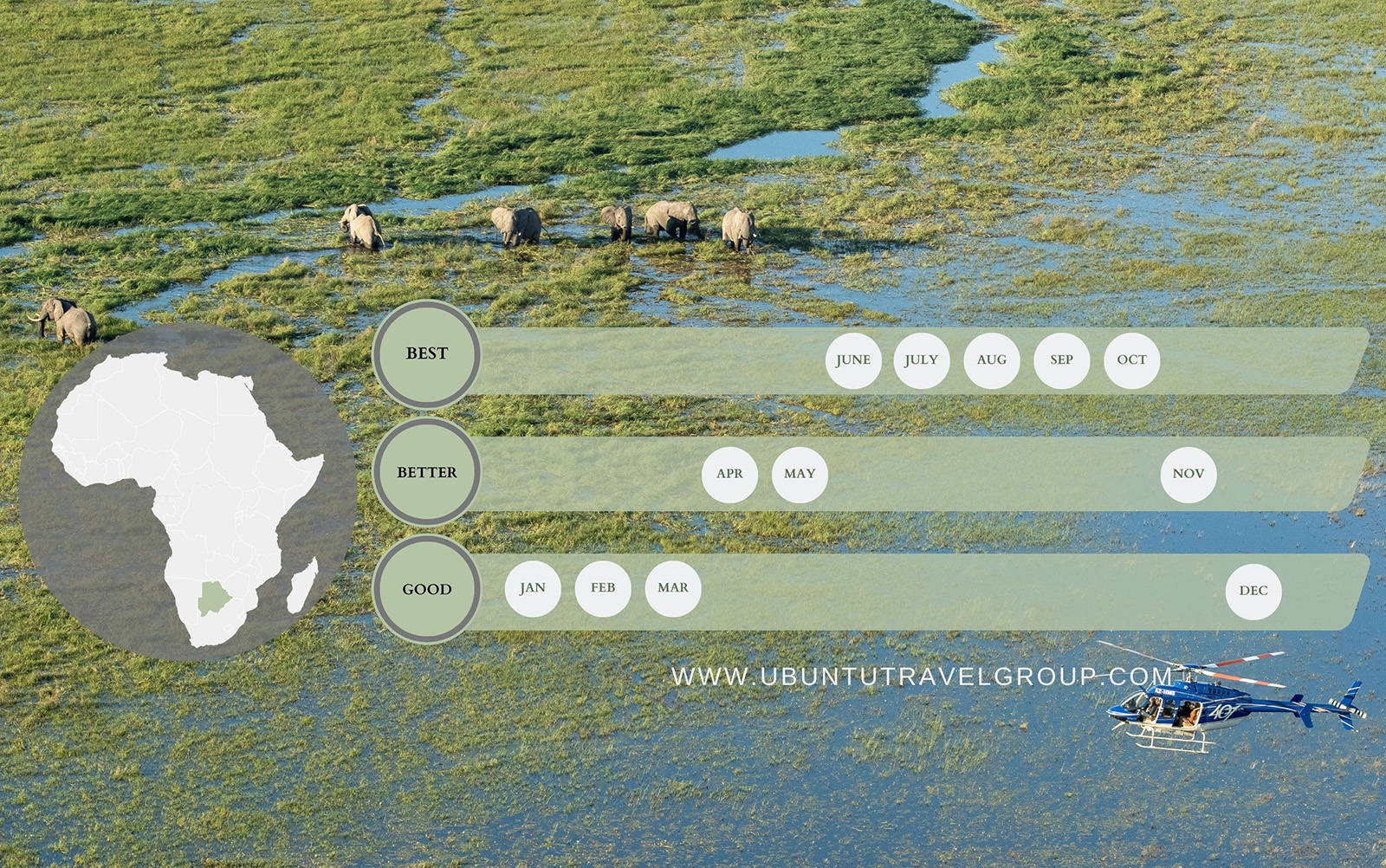
Dry Season: June to October (Peak Safari Season)
Why go: This is the best time for game viewing across Botswana – animals gather near water sources, vegetation is sparse, and the skies are clear. Private concessions are fully accessible, and sightings of predators and elephants are at their peak.
Where to go:
Okavango Delta & Moremi: Peak flood season (June–August) offers mokoro safaris and water-based activities, even as surrounding regions dry out.
Linyanti & Chobe: Excellent for predators and large elephant herds.
Kalahari & Makgadikgadi: Dry and dramatic, with great visibility and desert-adapted species.
Travel tip: September and October are hot and intense – but unbeatable for big game action. Many of our handpicked lodges offer climate-controlled suites to keep you comfortable during the midday heat. Our Travel Specialists will speak with you at length to help select the right camp and timing for your journey.
Emerald (Green) Season: November to March
Why go: As the rains return, Botswana transforms into a lush, green paradise. Migratory birds arrive, wildlife gives birth, and dramatic skies set the stage for photography.
Where to go:
Makgadikgadi & Kalahari: Witness the zebra migration, followed by cheetah and hyena.
Okavango Delta: Still excellent, with permanent channels and fewer crowds.
Mashatu: Very good during early rains — great light and fewer vehicles.
Travel tip: Some lodges close during the peak rainy months (Jan–March), especially in remote areas.
Shoulder Months: April, May & November
Why go: Transitional months offering the best of both worlds – some greenery, good game viewing, and fewer visitors.
April/May: Cooler mornings and fresh landscapes. Great for photography and early dry-season sightings.
November: Unpredictable rains begin, but wildlife viewing can still be strong – especially early in the month.
FAQs About Safaris in Botswana
How do I get to Botswana from the USA?
There are no direct flights from the U.S. to Botswana, but it’s easily reached via connections through Johannesburg, Cape Town, Doha, or Addis Ababa (Ethiopia).
Most travelers fly into Maun (gateway to the Okavango Delta) or Kasane (for Chobe National Park). Airlink offers daily connections from South Africa, and Victoria Falls (Zimbabwe) also works well for combining Chobe or Linyanti.
Once in-country, we often arrange helicopter transfers with Helicopter Horizons – not just for the convenience, but because they offer incredible aerial views and seamless access to remote, otherwise hard-to-reach lodges. It’s one of the best ways to begin or end a Botswana safari.
Why visit Botswana?
Besides it being co-founders Kyle and Leah Green’s favorite safari destination? Botswana offers one of the most exclusive and conservation-driven safari experiences in Africa. With vast private concessions, fewer vehicles, and incredible wildlife density – including big cats, elephants, and wild dogs — it’s ideal for travelers seeking privacy, space, and world-class game viewing.
From mokoro safaris through the Okavango Delta to walking safaris, fly camping, and quiet moments at photographic hides, Botswana delivers on both luxury and authenticity. In her blog post 7 Highlights from My Safari in Botswana, Leah shares what made it unforgettable – including a wild dog den visit, helicopter transfers over the Delta, and incredible meals in the most remote settings.
If you’re looking for a safari that feels personal, immersive, and far from the crowds – Botswana is hard to beat.
When is the best time to go on safari in Botswana
Botswana is a year-round safari destination, with each season offering something distinct. While the dry season (May to October) is considered peak for wildlife viewing, the green and shoulder months also deliver unique advantages – from fewer visitors and seasonal migrations to family offers and exceptional value at luxury lodges.
Dry Season: June to October (Peak Safari Season)
The dry season is ideal for those prioritizing big game sightings and classic Delta experiences.
- Wildlife congregates around permanent water sources, making animals easier to find.
- The Okavango Delta floods (from May/June), creating ideal conditions for mokoro safaris and boating.
- Predator activity increases in Linyanti, Chobe, and Moremi as prey animals gather near water.
- July – October is especially productive for elephant herds, lion, leopard, and wild dog.
Note: September and October are hot but offer some of the best predator action of the year — ideal for serious game viewing and photography.
Green Season: November to March
With the arrival of rain, Botswana transforms into a lush and vibrant wilderness.
- Zebra migration moves through the Makgadikgadi and Central Kalahari, followed by cheetah and hyena.
- Birding is at its best, with migratory species and courtship displays.
- Reseeding grasslands in former floodplains create open plains perfect for plains game like springbok, oryx, and wildebeest.
- Many lodges offer off-peak pricing and family-friendly specials, making this a great time for longer stays or multigenerational safaris.
- Stormy skies and dramatic light make this a hidden gem for photographers.
Shoulder Months: April/May & November
These transitional months blend the best of both worlds.
- April: Cooler mornings, clear skies, and a green landscape fading into the dry season — excellent for photography and early game buildup.
- November: The first rains may arrive, but game viewing can still be exceptional in places like Linyanti, Mashatu, and the Kalahari before the full green season kicks in.
When is the Okavango Delta in flood?
The Okavango Delta floods during Botswana’s dry season (non-rainy season), with water levels typically peaking between June and August. This unique seasonal event is driven by rains falling months earlier (January–March) in the Angolan highlands, which slowly filter down the Okavango River and into the Delta.
As counterintuitive as it may seem, the Delta is at its fullest when the rest of Botswana is dry — creating rich grazing for wildlife and ideal conditions for mokoro safaris, motorboat excursions, and island-based game viewing.
- The flood begins to arrive in April and May.
- Peak flood season is June to August — best for water-based safaris.
- Waters start to recede between September and October, depending on rainfall and camp location.
What are the top safari experiences in Botswana?
Botswana offers one of the most diverse and immersive safari experiences in Africa – from silent mokoro rides in the Okavango to walking with San trackers in the Kalahari. Here’s what you can look forward to:
-
Mokoro Safaris (dugout canoes)- Drift silently through the seasonal floodplains of the Okavango Delta, guided by expert polers who reveal the smaller details of the ecosystem. This is Botswana’s signature experience – peaceful, intimate, and wildlife-rich.
- Motorboat Safaris – In addition to mokoros, motorboat safaris in the Okavango Delta offer access to permanent channels, lagoons, and papyrus-lined waterways – often paired with sundowners and surprise wildlife sightings.
-
Walking Safaris – Offered in private concessions across the Okavango Delta, Linyanti, and Central Kalahari, walking safaris bring you close to the land – and often closer to the wildlife. These are led by top-tier guides and often paired with fly camping for a raw, unforgettable overnight experience under the stars.
- Helicopter Flights & Scenic Transfers – In the Delta and Linyanti, we often arrange scenic helicopter transfers between camps – offering a breathtaking perspective of Botswana’s landscapes and waterways. It’s also one of the best ways to reach remote lodges without backtracking.
-
Horseback Safaris – Experienced riders can enjoy horseback safaris in select areas of the Okavango Delta, Makgadikgadi Pans, and Mashatu in Northern Tuli. Riding alongside giraffe, zebra, or even elephants in open wilderness offers a thrill like no other.
-
Cultural Encounters with the San – In the Kalahari, meet with San (Bushman) communities who share their ancient tracking skills, traditional storytelling, and connection to the land. This experience adds cultural depth to the natural wonder.
-
Meerkat Encounters – In the Makgadikgadi Pans, join habituated meerkat families at sunrise for a charming, unforgettable wildlife moment. It’s a gentle, fun activity – perfect for photographers and families alike.
-
Photographic Hides – Particularly in Mashatu (Northern Tuli) and parts of Linyanti, underground photographic hides let you capture eye-level shots of elephants, predators, and birds – without disturbing the action.
-
Quad Biking & Pan Exploration – In the dry season, quad bike across the endless salt flats of the Makgadikgadi — a surreal experience that ends with horizon-wide sunsets and star-splashed skies.
-
Elephant Havens & Conservation – Visit elephant sanctuaries like Elephant Havens near the Delta, or observe herds in the wild in Chobe, Linyanti, and Mashatu, where Botswana’s conservation success is on full display.
-
Wellness & Luxury Lodge Experiences – Botswana’s luxury lodges are among the finest in Africa – offering everything from private plunge pools and bush spas, to in-room massages, stargazing decks, and chef-prepared meals in the wild. Whether you’re in a treehouse-style suite in the Delta or a minimalist desert camp in the Kalahari, these properties blend comfort, exclusivity, and world-class service seamlessly into the safari experience.
Is Botswana good for first-time safari travelers?
Is the water in the Okavango Delta safe?
Yes – the Okavango Delta’s water is remarkably clean, as it filters through hundreds of kilometers of natural sand and vegetation before reaching the Delta itself. It’s often referred to as one of the purest inland water systems in the world.
That said, we don’t recommend drinking untreated Delta water directly. All luxury safari camps provide filtered or bottled water for drinking and brushing your teeth, and water used for showers and meals is carefully treated or drawn from safe sources.
Activities like mokoro safaris and motorboating are perfectly safe, and contact with the water (splashing, etc.) poses no risk when proper precautions are followed.
Should I take malaria preventatives in Botswana?
Yes. Botswana is a malaria-risk area, particularly during the green season (November to April). We recommend consulting your travel doctor about anti-malarial medication before departure. Most lodges provide mosquito nets, repellents, and good in-room protection – but precautions are still advised.
We also advise using insect repellent, wearing long sleeves in the evening, and sleeping under mosquito nets – all standard precautions provided at the lodges we choose.
Please consult your doctor for up-to-date health advice based on your personal health history and travel itinerary.




